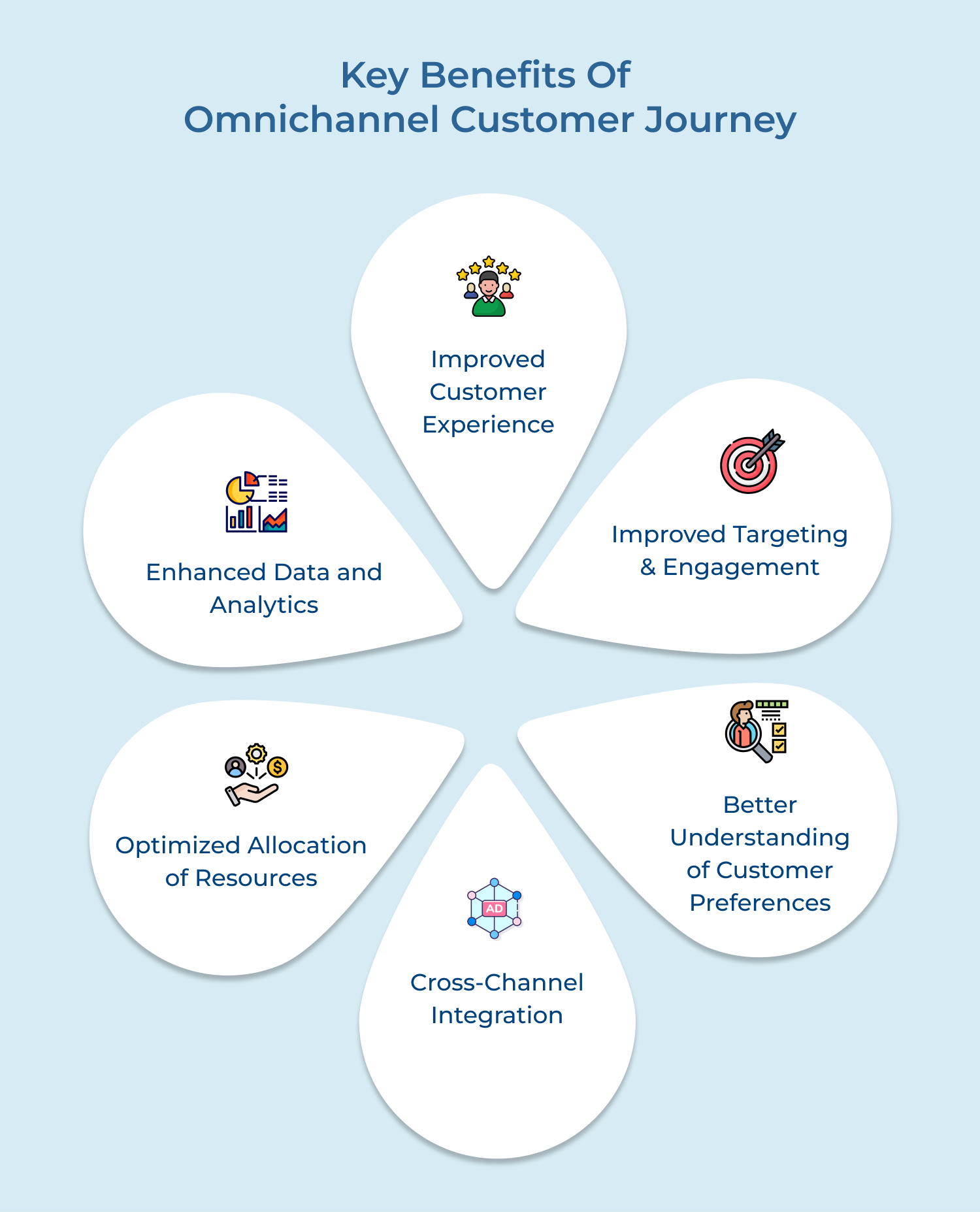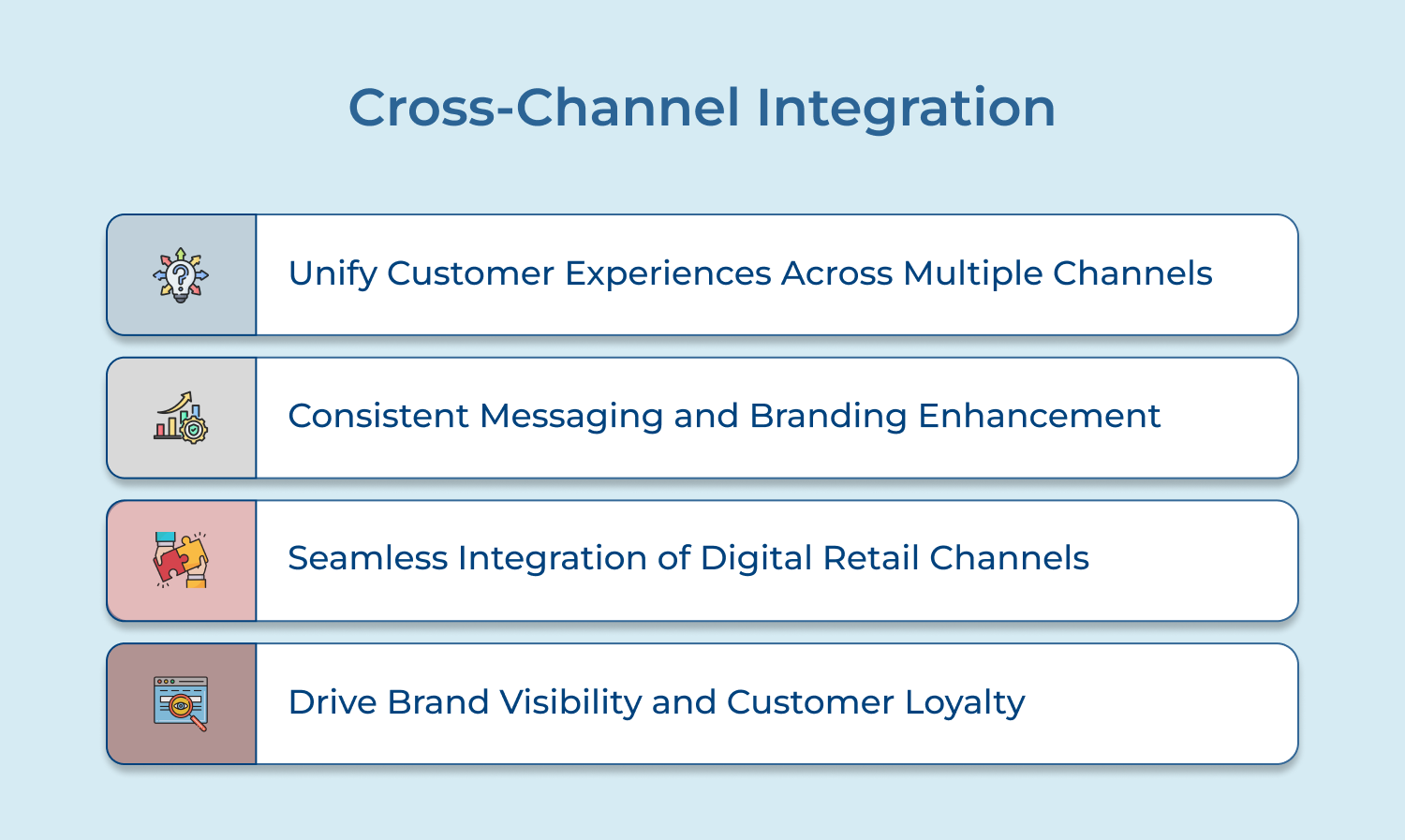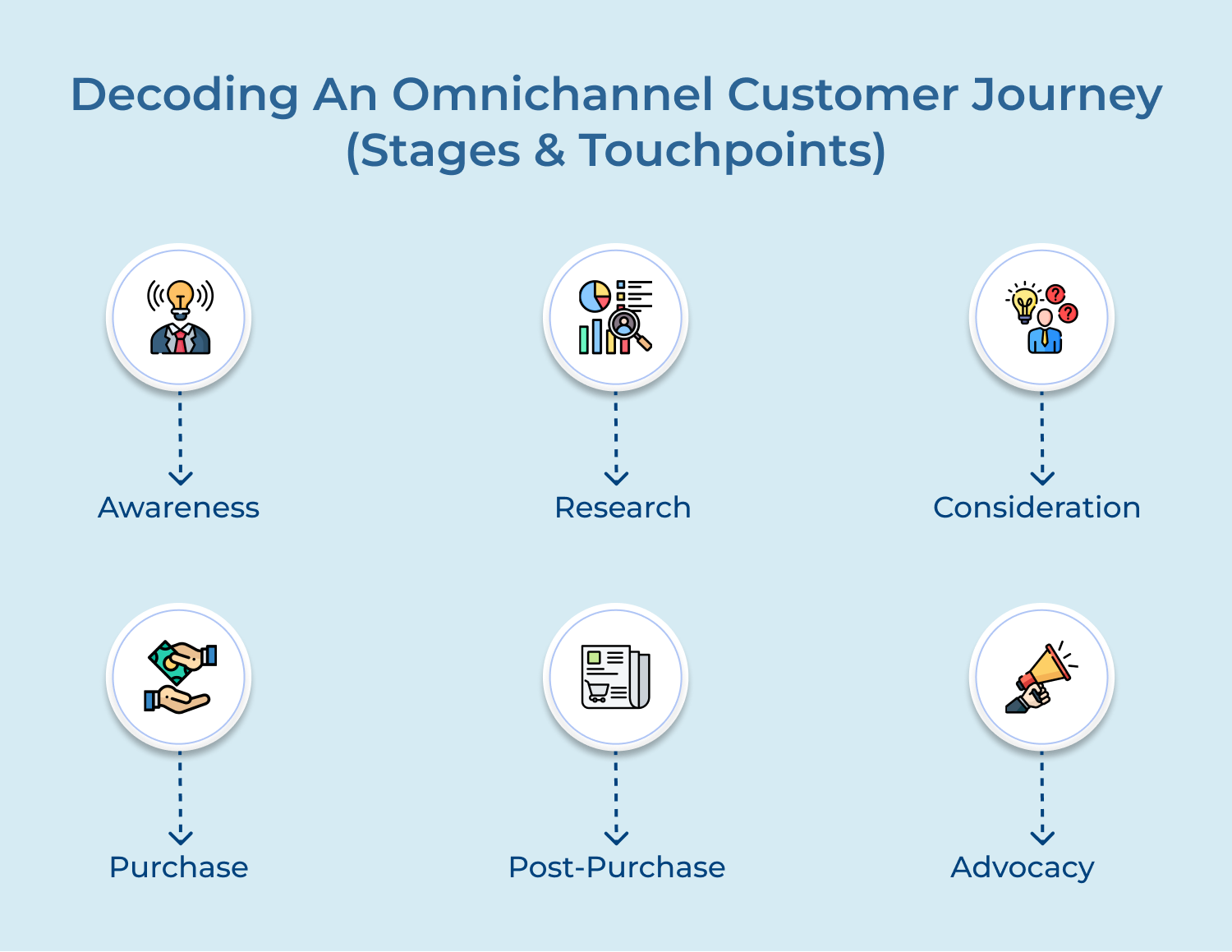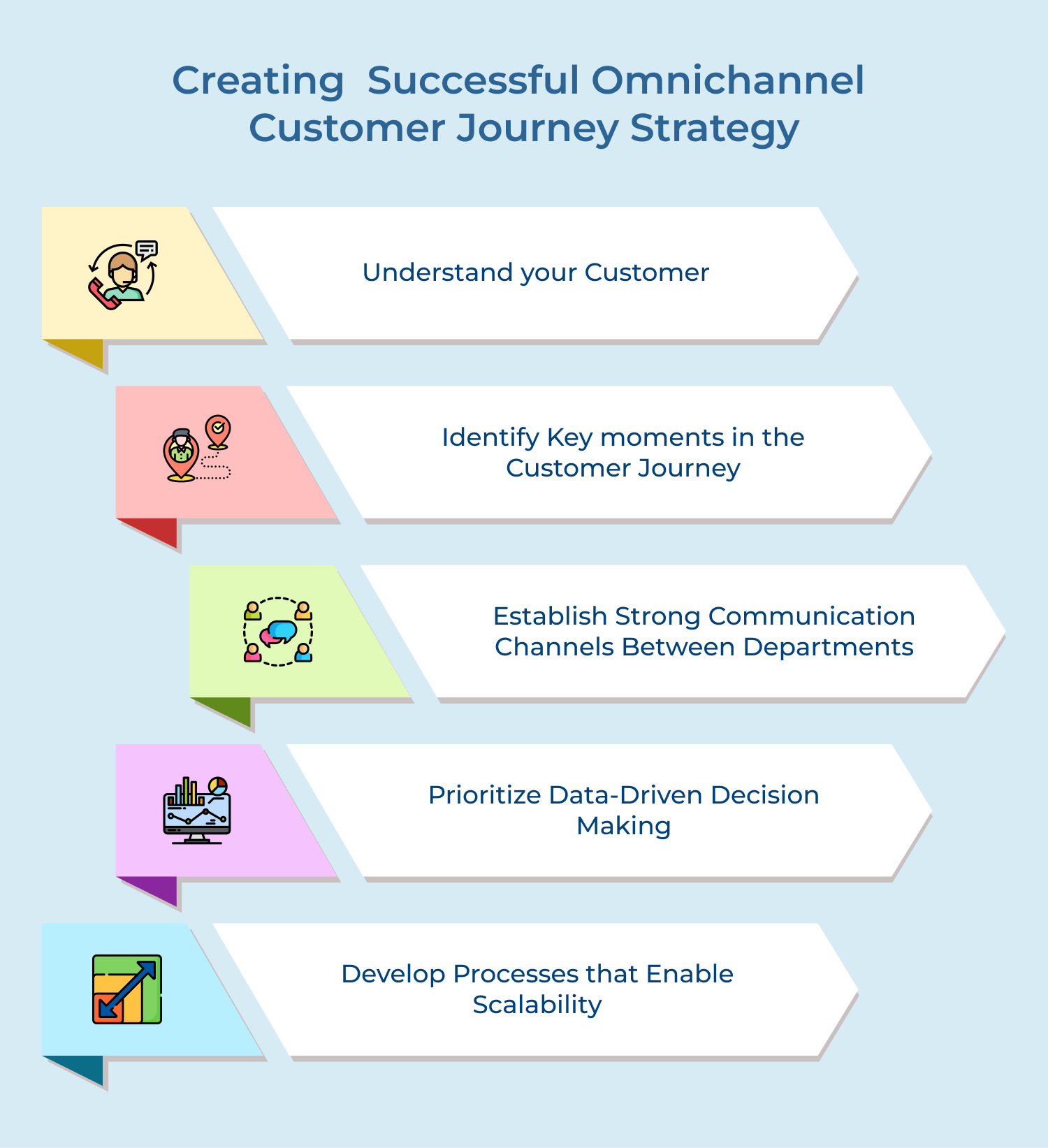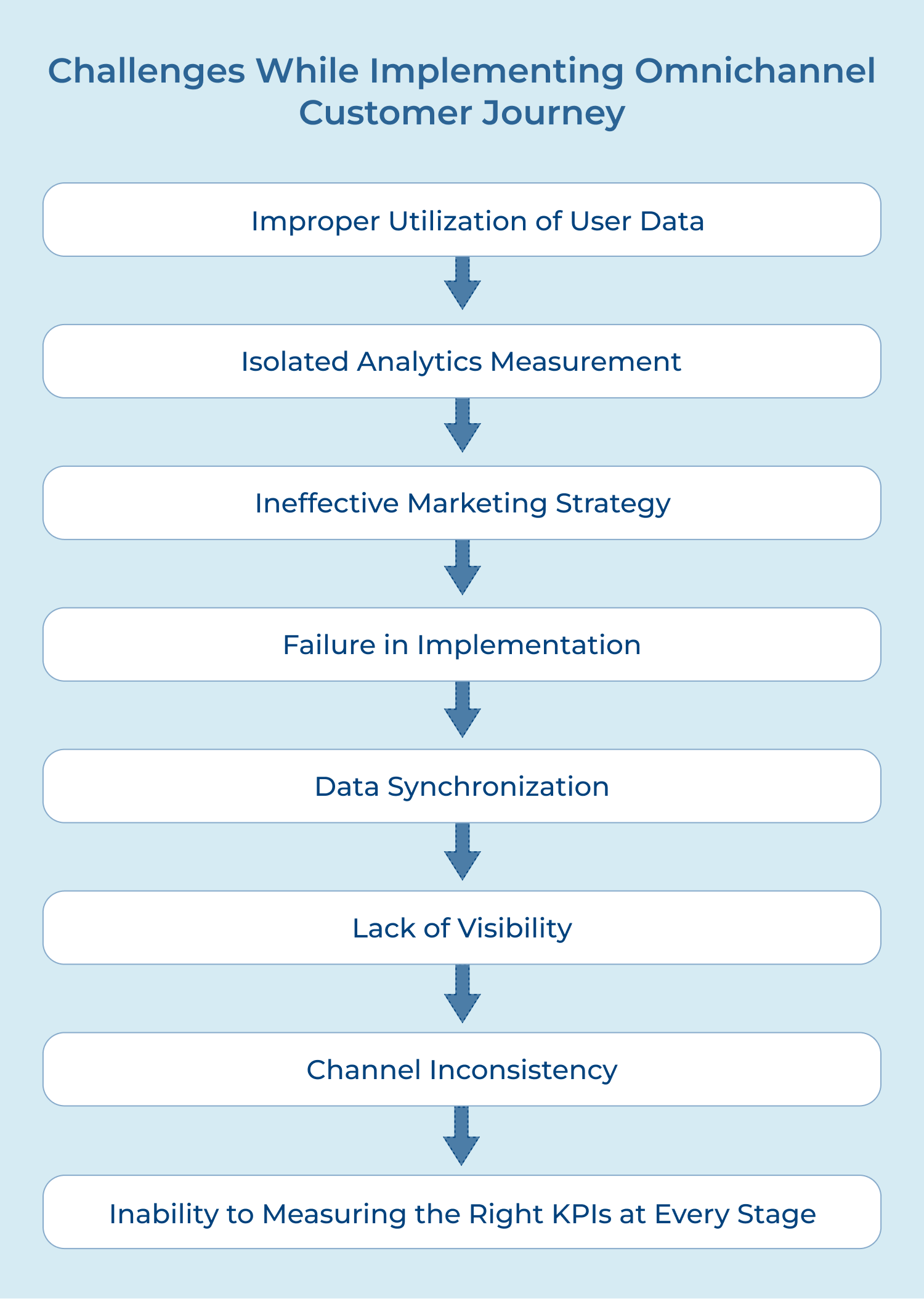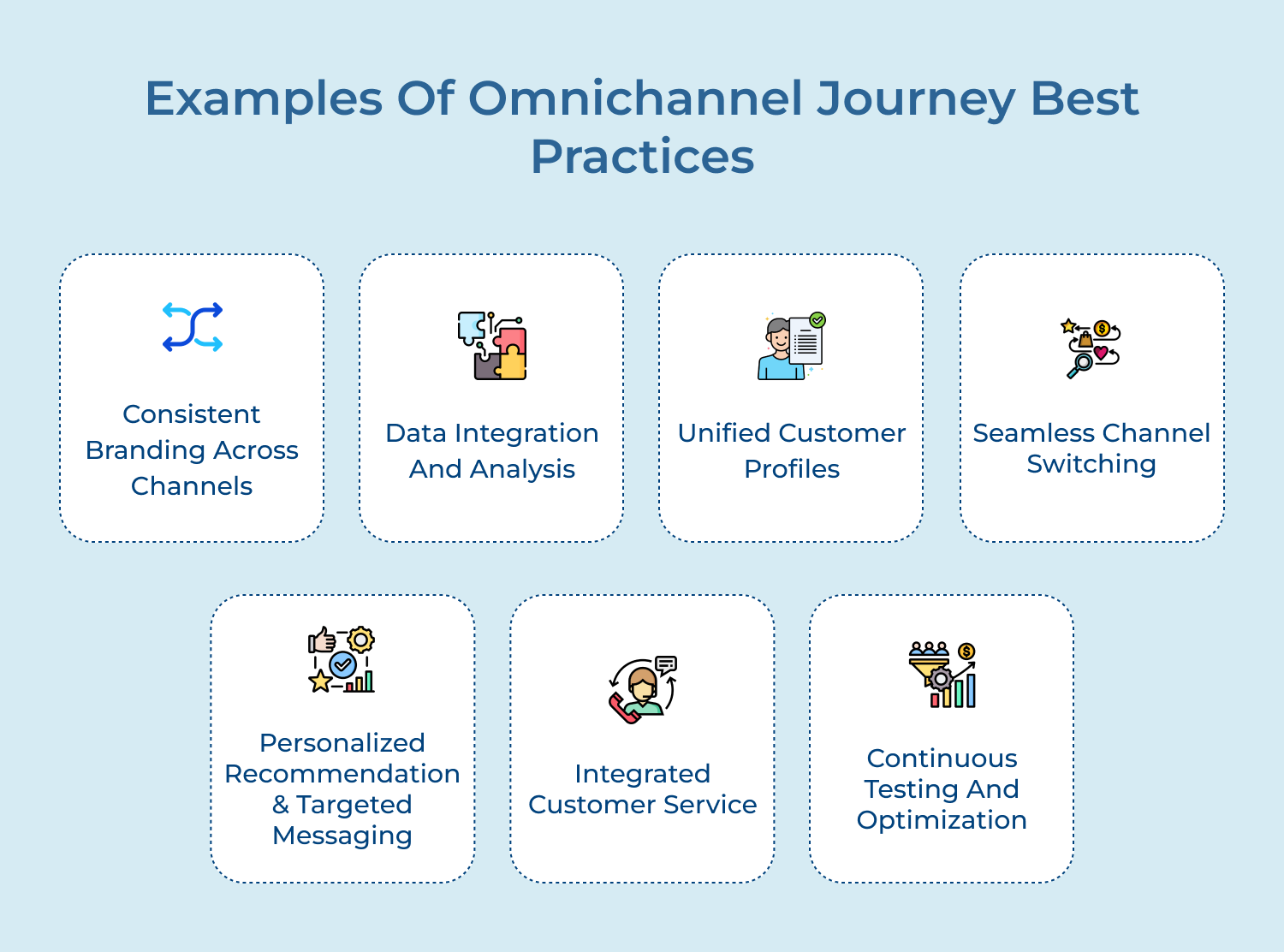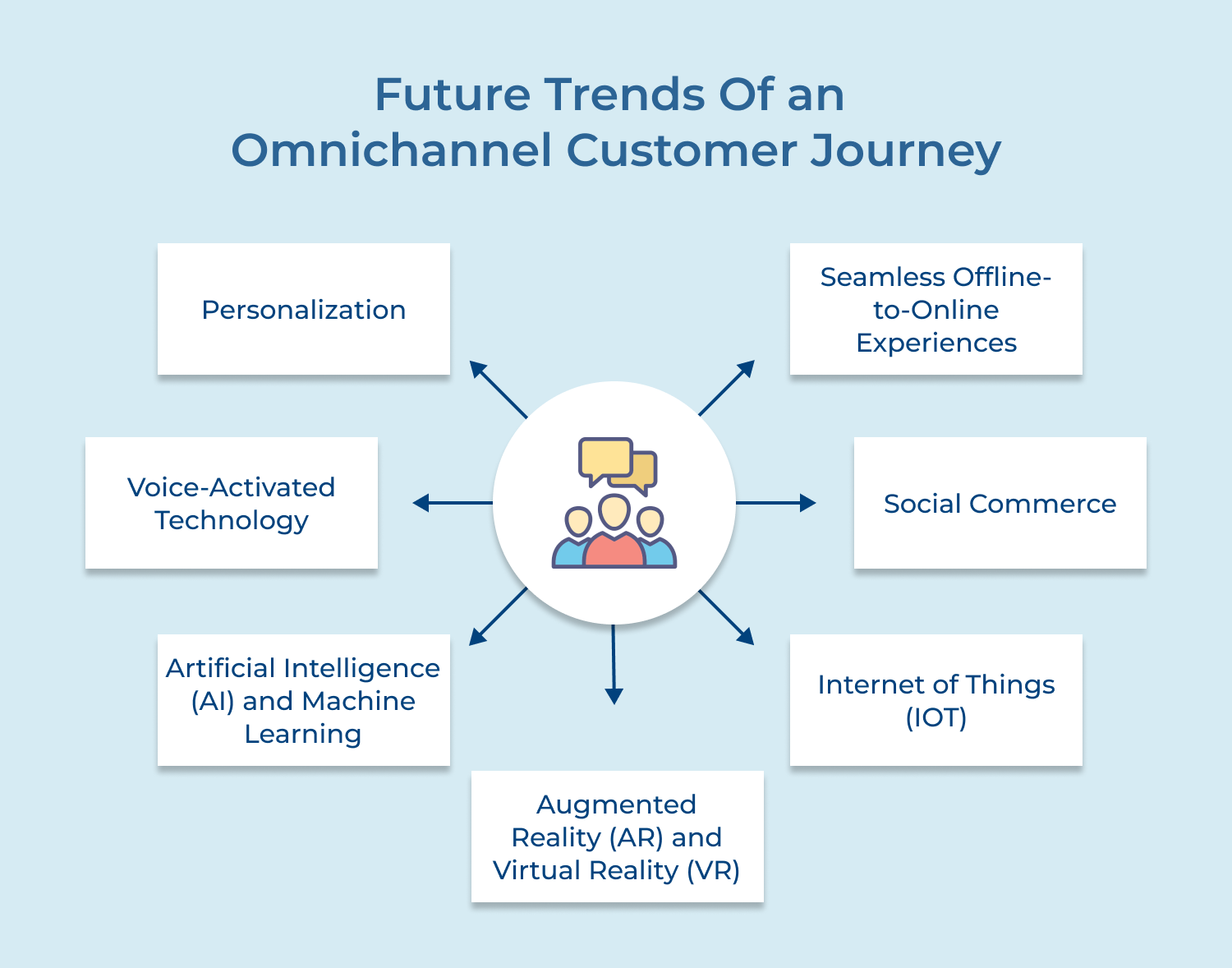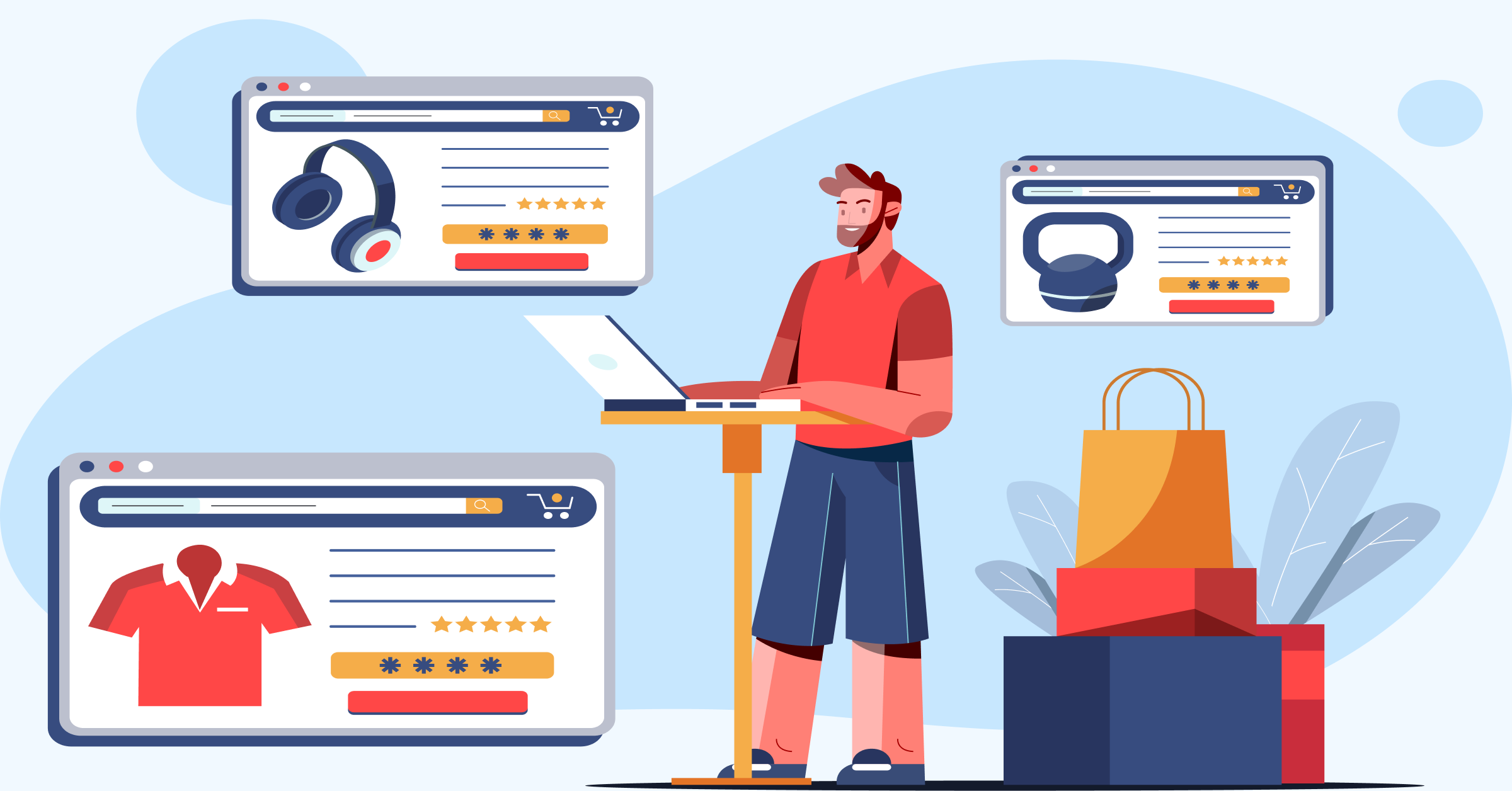1. Improper Utilization of User Data
One of the most important aspects of implementing an omnichannel customer journey is utilizing user data effectively. Businesses may struggle with collecting and analyzing the right data to gain insights into customer behavior as well as preferences. It can hinder personalization and targeting efforts.
Solution: Invest in robust data management systems and tools that can help businesses collect, organize, as well as analyze user data effectively. It will enable them to segment their customer base and create personalized experiences based on individual preferences.
2. Isolated Analytics Measurement
In many cases, businesses do not have a unified analytics measurement system across all channels. Different metrics are measured separately and there is no holistic view of the customer journey. It makes it difficult to make data-driven decisions while optimizing marketing efforts.
Solution: Implement a comprehensive analytics measurement system that can track customer interactions across all channels. It will provide businesses with a complete view of the customer journey and enable them to measure the impact of their marketing strategies accurately.
3. Ineffective Marketing Strategy
Developing a cohesive as well as effective marketing strategy that aligns with the omnichannel customer journey can be challenging. Businesses may struggle to create consistent messaging and interactions across different channels.
Solution: Conduct thorough market research to understand customer preferences and behaviors on each channel. Develop a marketing strategy that takes into account the unique characteristics and expectations of each channel. Ensure consistent messaging as well as branding across all touchpoints.
4. Failure in Implementation
Implementing an omnichannel customer journey requires coordination and collaboration across various departments or teams within the organization. Lack of clear communication and alignment can lead to a failed implementation.
Solution: Establish a cross-functional team that includes representatives from marketing, sales, customer service and IT departments. Clearly define roles and responsibilities, set goals and communicate effectively throughout the implementation process.
5. Data Synchronization
Keeping customer data synchronized across different systems and platforms can be a challenge. Lack of data synchronization can lead to inconsistent experiences for customers and hinder their journey.
Solution: Invest in integrated CRM and marketing automation systems that can seamlessly synchronize customer data across different channels. It will ensure that customers receive consistent and personalized experiences, regardless of the channel they are using.
6. Lack of Visibility
Businesses may struggle to identify pain points and areas of improvement without proper visibility into the customer journey. It can result in missed opportunities to enhance the customer experience.
Solution: Implement advanced tracking and monitoring systems that provide real-time visibility into the customer journey. Use customer feedback, surveys and analytics to identify areas for improvement as well as make necessary adjustments.
7. Channel Inconsistency
Inconsistency in customer experiences across channels can confuse and frustrate customers. If the customer journey is not seamless, it can negatively impact customer satisfaction as well as loyalty.
Solution: Develop a clear and consistent customer experience strategy that transcends all channels. Ensure that all touchpoints are aligned to provide a seamless as well as unified experience for customers. Regularly monitor and optimize the customer journey to maintain consistency.
8. Inability to Measuring the Right KPIs at Every Stage
Businesses need to measure the right key performance indicators (KPIs) at every stage by effectively optimizing the omnichannel customer journey. Lack of proper KPI measurement can lead to misguided decision-making and ineffective strategies.
Solution: Identify the most relevant KPIs at each stage of the customer journey, such as conversion rate, customer retention rate, customer satisfaction level and average order value. Continuously monitor and analyze these metrics to evaluate the effectiveness of your strategies and make data-driven decisions.
Examples Of Omnichannel Journey Best Practices
Implementing omnichannel strategies, it is important to follow best practices that have proven to be effective. Here are some examples of omnichannel journey best practices:
